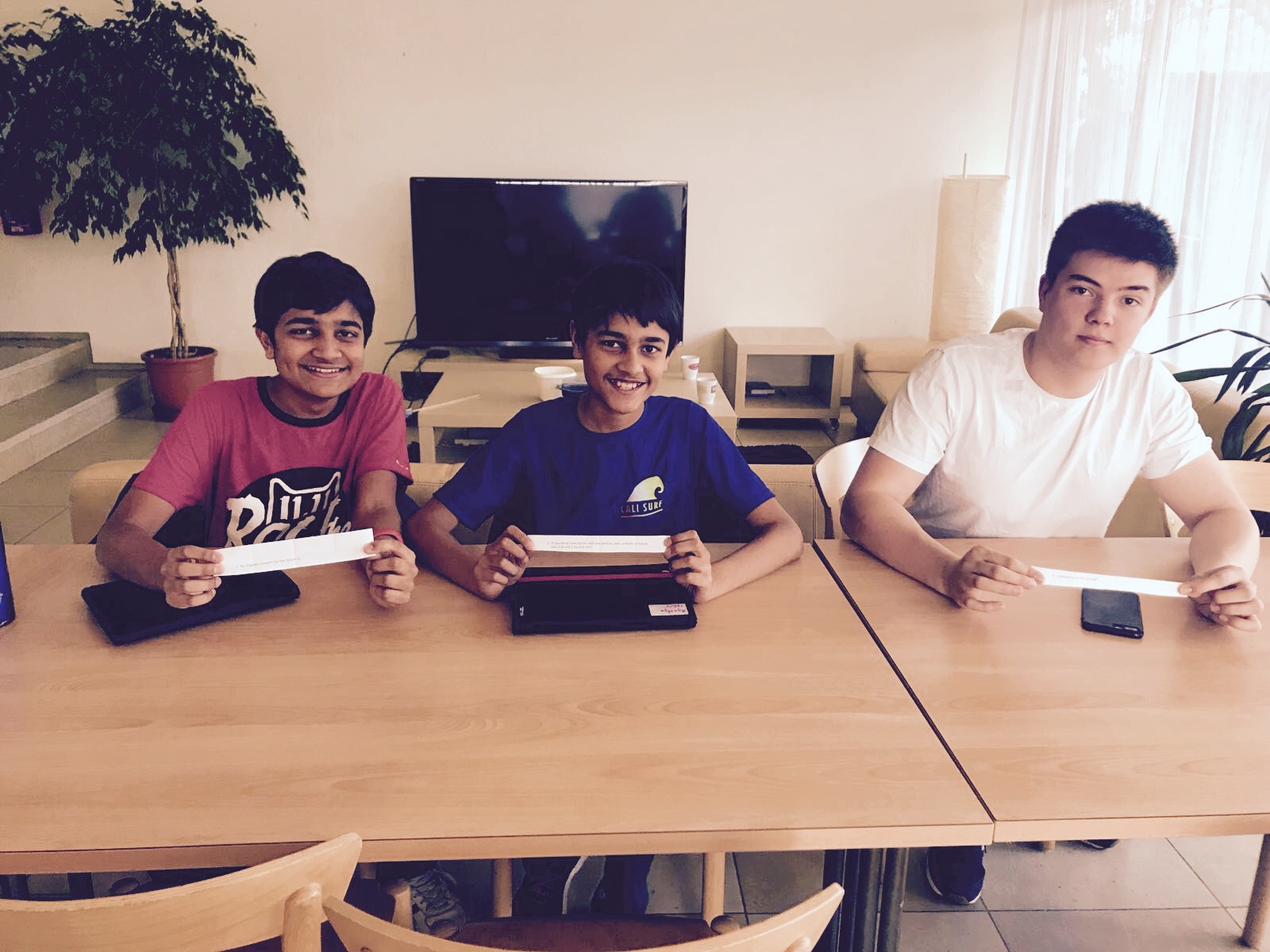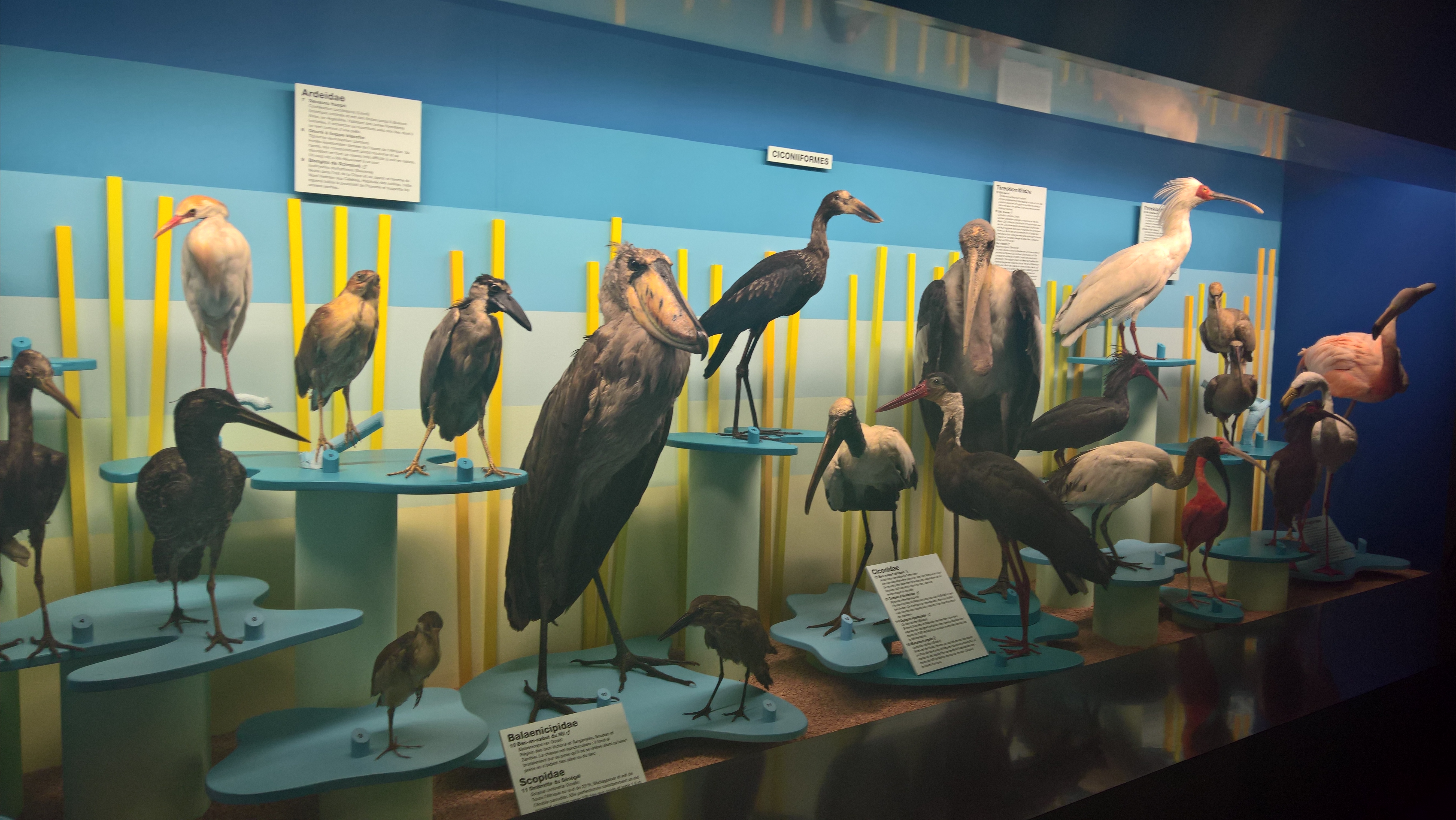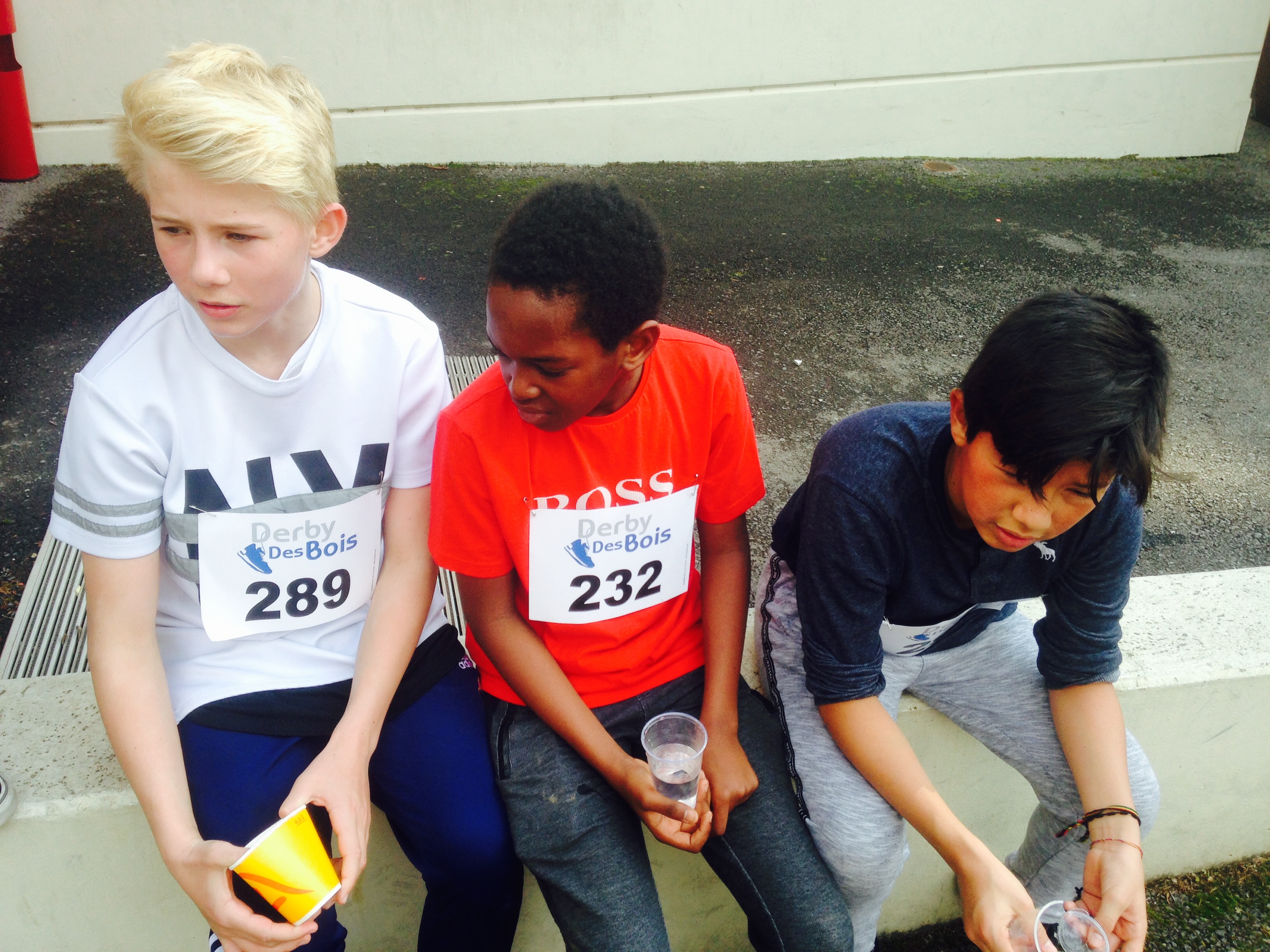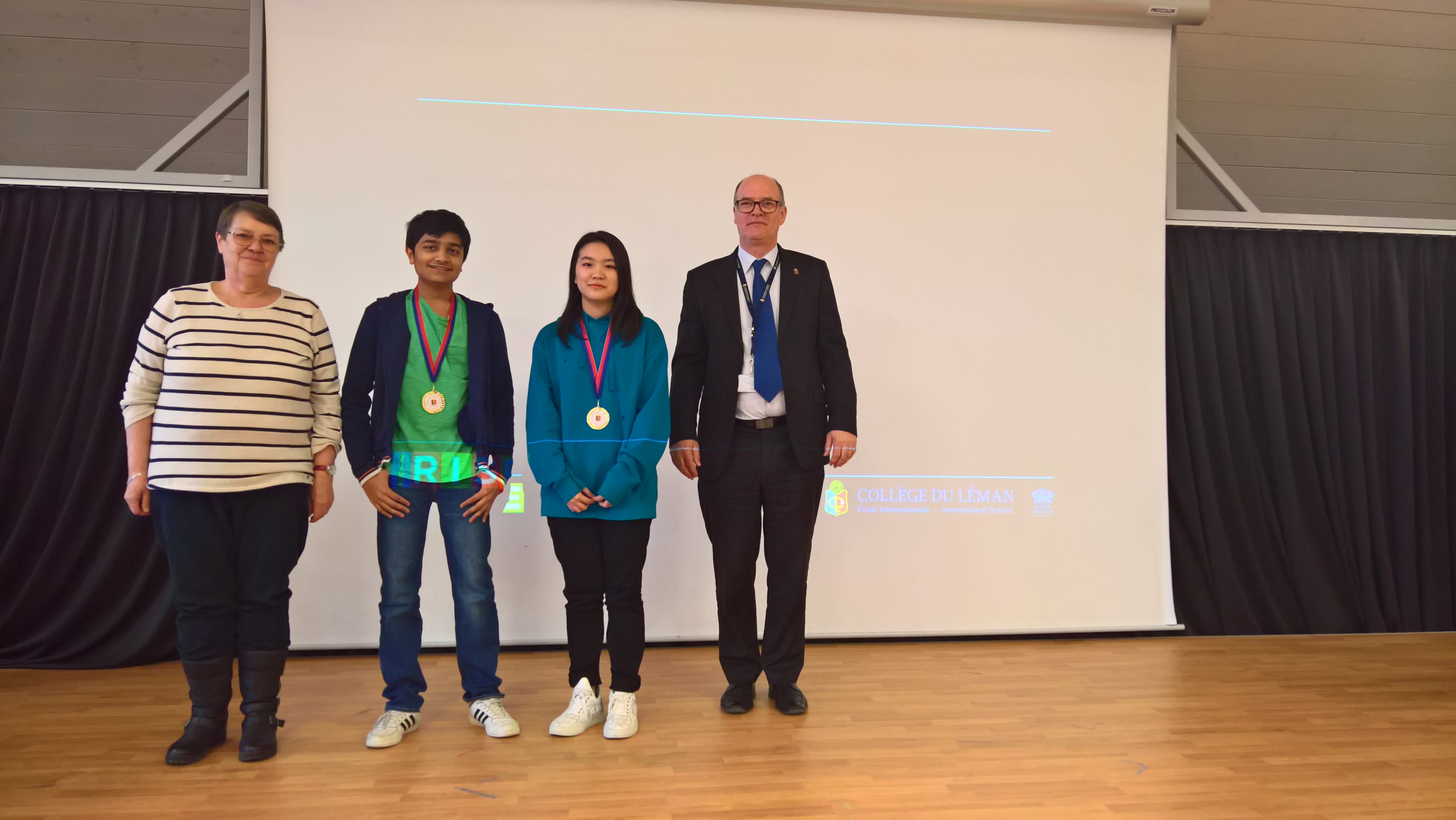This year’s theme – Nature for Water – explores how we can use nature to overcome the water challenges of the 21st century.
Environmental damage, together with climate change, is driving the water-related crises we see around the world. Floods, drought and water pollution are all made worse by degraded vegetation, soil, rivers, and lakes.
When we neglect our ecosystems, we make it harder to provide everyone with the water we need to survive and thrive.
Nature-based solutions have the potential to solve many of our water challenges. We need to do so much more with ‘green’ infrastructure and harmonize it with ‘grey’ infrastructure wherever possible. Planting new forests, reconnecting rivers to floodplains, and restoring wetlands will rebalance the water cycle and improve human health and livelihoods.

INTRODUCTION
World Water Day, on 22 March every year, is about
focusing attention on the importance of water.
This year’s theme, ‘Nature for Water’, explores nature-based
solutions (NBS) to the water challenges
we face in the 21st century.
The campaign is called ‘The answer is in nature’ and
raises awareness of NBS. The central message is
that NBS, such as planting trees to replenish forests,
reconnecting rivers to floodplains, and restoring
wetlands is a sustainable and cost-effective way to
help rebalance the water cycle, mitigate the effects
of climate change and improve human health and
livelihoods.
By using NBS to help meet the water needs of a
growing population, we will contribute to the creation
of a circular economy, at the same time as helping
to protect the natural environment and reduce
pollution – both key targets in Sustainable Development
Goal 6, which commits the world to ensuring
availability and sustainable management of water
and sanitation for all by 2030.

HEADLINE FACTS
Water demand:
• 2.1 billion people lack access to safely managed drinking
water services.
• By 2050, the world’s population will have grown by an
estimated 2 billion people and global water demand
could be up to 30% higher than today.
• Agriculture currently accounts for 70% of global water withdrawals,
mostly for irrigation – a figure which rises in areas
of high water stress and population density. Industry takes
20% of the total, dominated by energy and manufacturing.
The remaining 10% goes to domestic use – the proportion
used for drinking water is much less than 1%.
Water availability:
• Today, around 1.9 billion people live in potentially severely
water-scarce areas. By 2050, this could increase to
around 3 billion people.
Water quality:
• An estimated 1.8 billion people use an unimproved
source of drinking water with no protection against contamination
from human feces.
• Globally, over 80% of the wastewater generated by society
flows back into the environment without being treated
or reused.
Climate and environment:
• The number of people at risk from floods is projected to rise from 1.2 billion today to around 1.6 billion in
2050 – nearly 20% of the world’s population.
• Today, around 1.8 billion people are affected by land
degradation and desertification. At least 65% of forested
land is in a degraded state.
• An estimated 64-71% of natural wetlands have been
lost since 1900 as a result of human activity.
• Soil erosion from croplands carries away 25 to 40
billion tonnes of topsoil every year, significantly reducing
crop yields and the soil’s ability to regulate
water, carbon, and nutrients. The runoff, containing
large amounts of nitrogen and phosphorous, is also
a major contributor to water pollution.

WHAT ARE NATURE-BASED SOLUTIONS (NBS)?
Restoring forests, grasslands and natural wetlands, reconnecting
rivers to floodplains, creating buffers of vegetation
along water courses – these are all examples of NBS that
help the management of water availability and quality.
Most NBS, including in urban landscapes, essentially involve
the management of vegetation, soils and/or wetlands,
including rivers and lakes.
NBS are not a panacea to the critical water-related challenges
we face as the global population grows, but they
can provide innovative and cost-effective options for supplementing
insufficient or aging water infrastructure. For
example:
• Water availability and supply: Water storage via natural
wetlands, soil moisture and/or groundwater recharging
can be more sustainable and cost-effective than grey infrastructure,
such as dams.
• Water quality: Pollution from agriculture can be drastically
reduced by NBS such as conservation agriculture, which
protects soil from erosion, or riparian buffers, strips of land
along water courses planted with native trees and shrubs.
• Risk management: The effects of climate change, such as frequent extreme flooding, can be mitigated by a range
of NBS, such as riparian buffers or connecting rivers to
floodplains.
The application of certain NBS creates what is known as
‘green infrastructure’: natural or semi-natural systems that
give us equivalent or similar benefits to conventional, human-built
‘grey infrastructure’.
NBS often produce benefits beyond water-related services.
For example, constructed wetlands used for wastewater
treatment can provide biomass for energy production,
improve biodiversity and create recreational spaces and
associated employment.
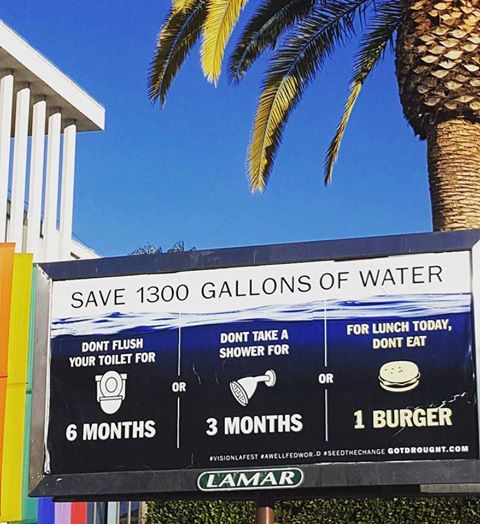
Check out how much water is needed to produce your meal in the list provided below by the United Nations for World Water Day. For example, it takes about 1,500 liters of water to produce 1 kg of wheat and about 10 times more to produce 1 kg of beef. That translates to 7,000 liters of water for steak dinner.
Cereal, 1 cup = 130 liters
Orange Juice, 1 cup =170 L
Coffee, 1 cup = 140 L
Cheese, 1 portion = 250 L
Rice, 100 g = 140 L
Milk, 1 glass = 200 L
Tea, 1 cup = 35 L
Sugar, 1 piece = 10.5 L
Lettuce, 1 kg = 130 L
Apple/Pear, 1, 70= L
Chicken meat, 150 g = 615 L
Pork meat, 150 g, 690 L
Egg, 1, 135 L
Banana, 1, 70 L
Olives, 100 g = 250 L
Oats, 100g = 237 L
Onions, 100g = 17 L
Soybeans, 100g, = 275 L
Pineapple, 100g = 42 L
Chocolate, 100g = 2,400 L
Cucumber, 100 g = 24 L
Grapes, 100 g = 45.5 L
Lemon, 100 g = 34 L
Margarita Pizza = 1,216 L
Hamburger = 2,400 L
worldwaterday.org



